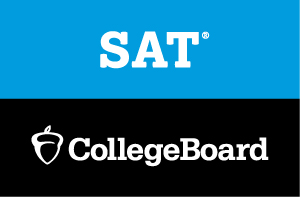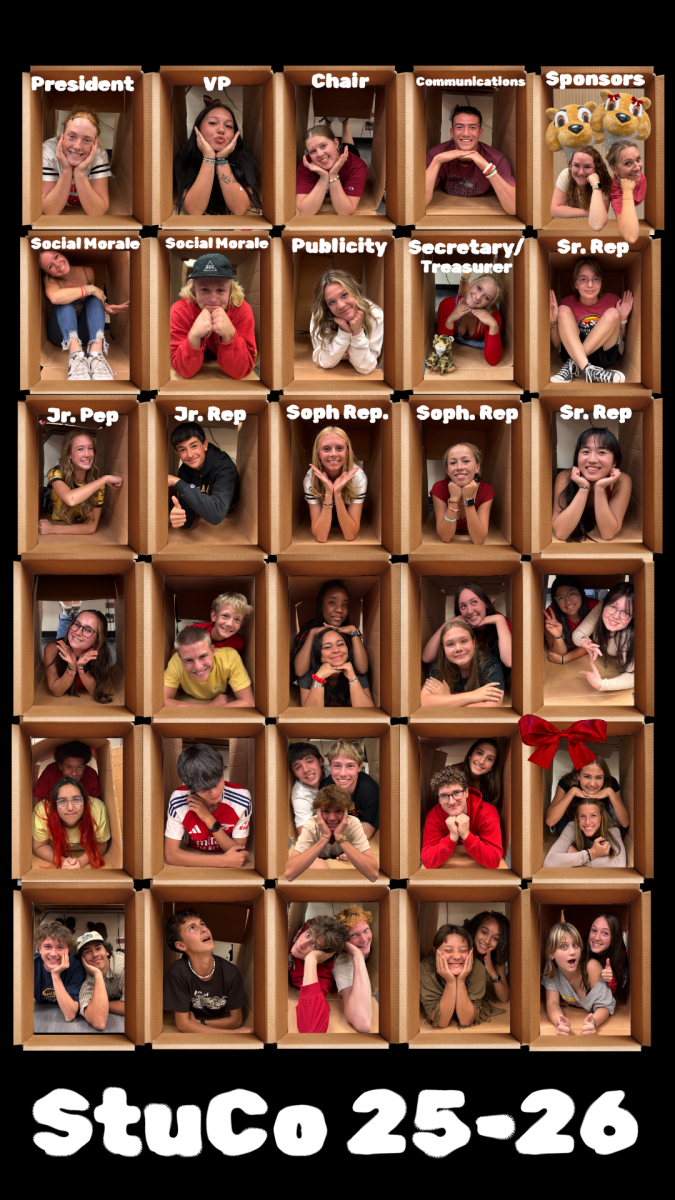
College Board is changing the way the SAT is taken around the world, moving from a thick paper booklet and a never-ending filling in of bubbles with a #2 pencil on paper, to completing the whole test on a laptop.
The goal of shifting to a digital test is to make it easier for the students and the administrators. In College Board’s testing of the digital SAT, “80% of students responded that they found it to be less stressful and 100% of the educators reported having a positive experience.”
The SAT is adapting to become more relevant to students, being tested more directly on their academic college preparedness skills than their ability to memorize test-taking strategies.
Going digital is not the only change happening to the test, the SAT will now be two hours instead of three with only 98 questions where there were 154 with the paper version. College Board has reworked the test adapting to meet the needs of evolving students and educators.
Students will continue to be tested on reading, writing, and math abilities but for reading there will be shorter reading passages and only one question tied to each reading rather than multiple, and for the math section, a graphing calculator is now allowed throughout the whole section.
A concern for the SAT is students cheating. Mr. Baldwin, assistant principal, explains that “students will not be seeing the same questions at the same time. This should make cheating much harder than when students had paper answer sheets on their desks.”
Each student will receive a unique test form. The questions will be targeted towards the student’s ability level. The downside of the test forming to the student is if the student doesn’t reach the higher-level questions, they limit themselves to the highest possible score achievable.
College Board is using Item Response Theory for the SAT which means that getting a harder question correct is better for the overall score than getting one of the easy questions correct. The scoring is the same as the paper-based SAT. The test will continue to be out of 1600 points and students will not be “subtracted for incorrect answers or answers left blank.”
Students will receive the reading portion of the test first and “Based on how [each] student performs on the first module, the second module of questions will either be more difficult or less difficult,” College Board claims.
College Board personalized the test to each student individually resulting in a more “efficient assessment of students’ academic strengths.”
It’s going to be difficult for both students and educators to familiarize themselves with everything changing, but the changes will hopefully benefit everyone. The test format has changed, but the simple and clear advice for every student has not changed: take a few hours each week to study and practice for the upcoming SAT. There are resources online such as Kahn Academy and resources through Coronado to help students excel.












